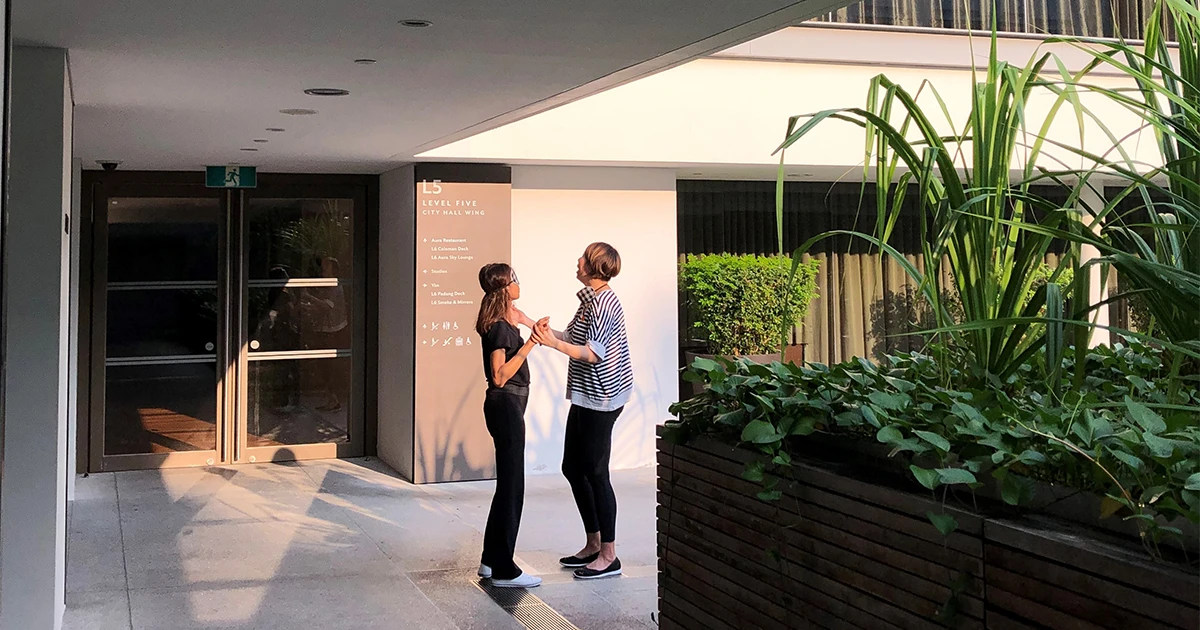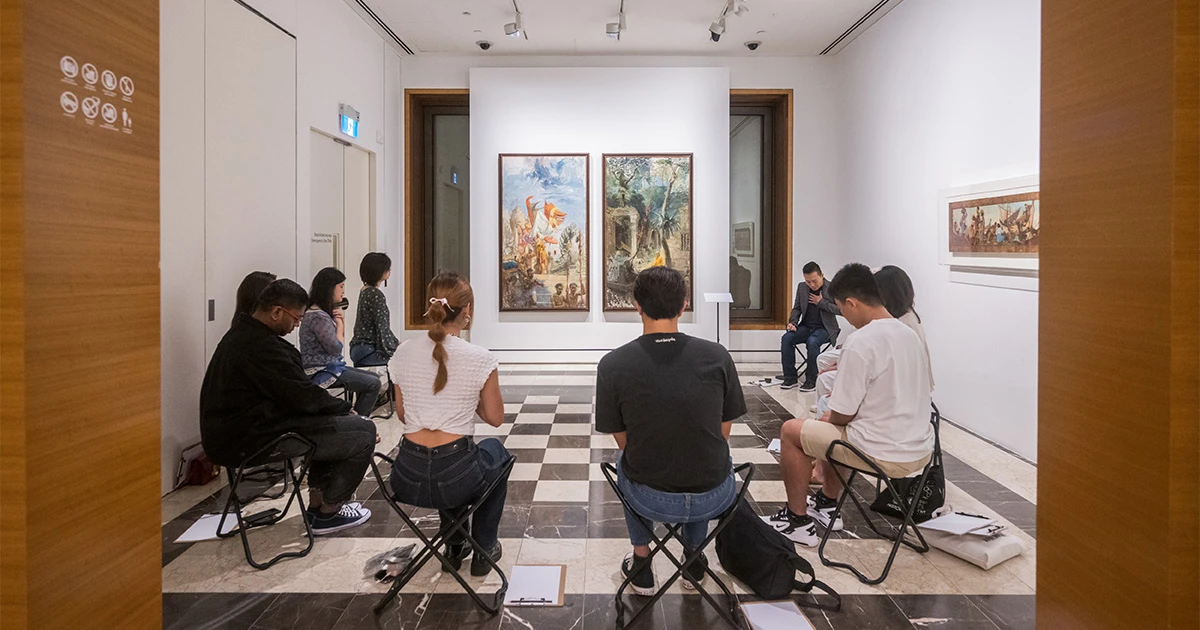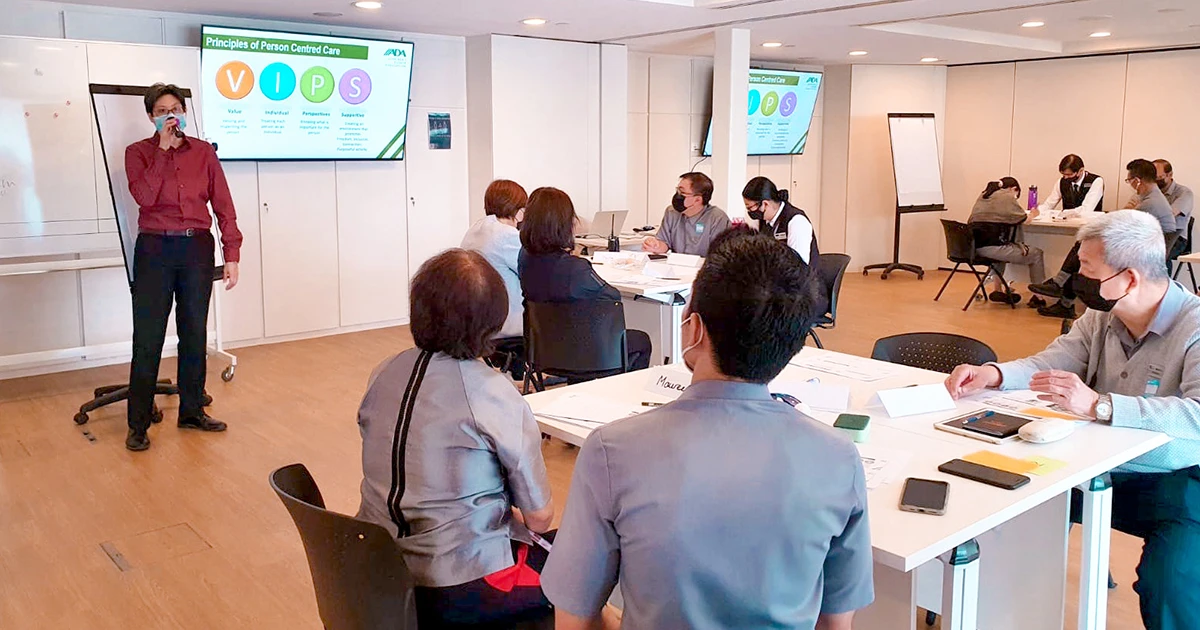The Gallery's Community Hosts
Hear from the Gallery’s Community Hosts! These volunteers conduct special tours for underserved community groups. By paying special attention to their access needs and interests and facilitating conversations, our Community Hosts ensure that the Gallery is a welcoming space for all. Wuai Mun, Sok Oon, Moe Yin and Chan Pong tells us just what it takes.
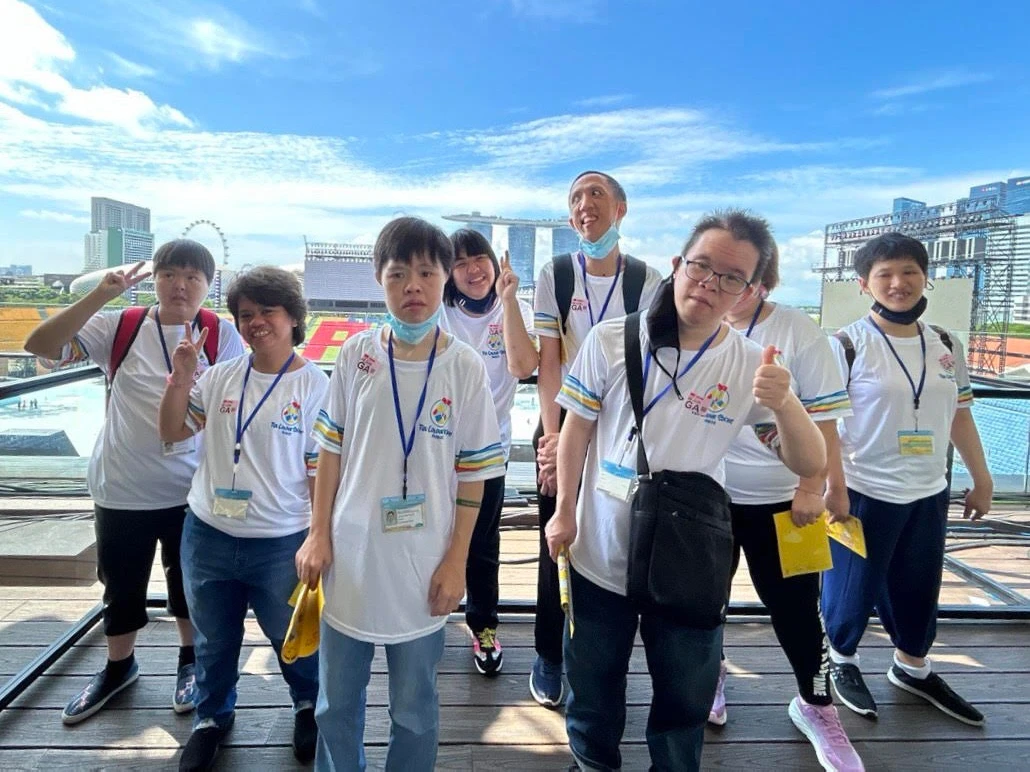
Have you heard of the Gallery’s Community Hosts?
This dedicated group of volunteers are part of an initiative that was started with the aim of welcoming underserved community groups at the Gallery. But don’t confuse them with our docents! While our docents focus mainly on providing the general public with an introduction to the Gallery and its collections, our Community Hosts play a vital part in ensuring that community groups from social service agences and healthcare and social care organisations have a meaningful experience at the Gallery by paying attention to their access needs and interests.
After the programme piloted in 2019, the first batch of Community Hosts were trained to host group visits to the Gallery Children’s Biennale (GCB). To date, we have 40 passionate volunteers serving as Community Hosts. Just this year alone, they have welcomed over 2,500 visitors from diverse communities.
Always with a bright smile, Community Hosts typically lead a group of 10 to 15 visitors on an assigned route, providing relatable content on the Gallery’s artworks or historic buildings while facilitating conversations with the participants. From domestic workers to neurodivergent audiences and underprivileged families, the Community Hosts are integral in creating a valuable and unforgettable experience for a diversity of underserved communities. Through their efforts, they make the Gallery a warm and welcoming place to those who may have perceived it as intimidating or inaccessible.
Today, I speak with four Community Hosts—Wuai Mun, Sok Oon, Moe Yin, and Chan Pong—who candidly share their experiences, the highs and lows, and shed some light on what it takes to become a Community Host.
What motivated you to become a Community Host?
Wuai Mun: I believe that art should be for everyone. Being a Community Host helps me to reach out to wider audiences on behalf of the Gallery, bringing art to a community that would otherwise not have easy access. This has also allowed me to enjoy the simpler things in life!
Chan Pong: To summarise it in one word: curiosity. Being a Community Host focuses on the underserved, and I wanted to try engaging such participants through meaningful activities.
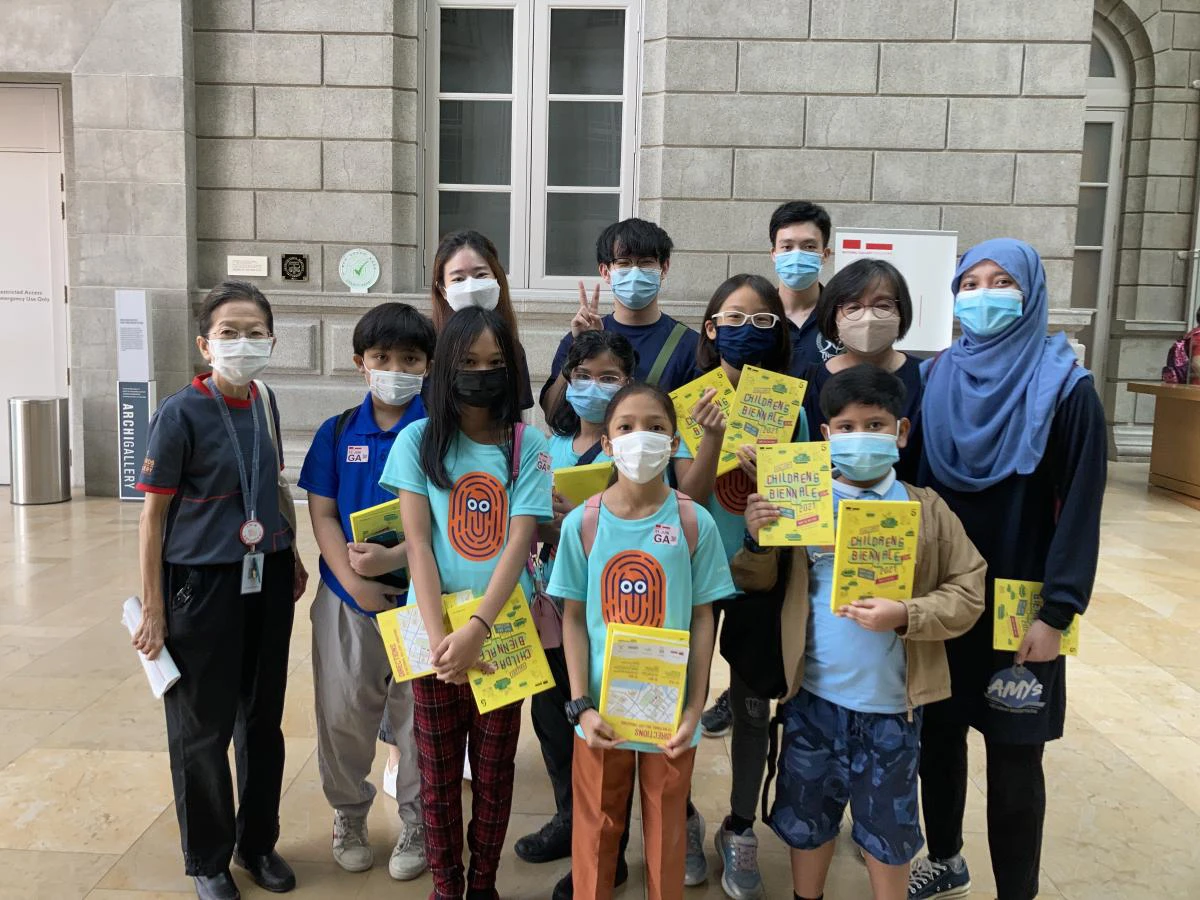
Can you tell us about a tour that left an impression on you?
Wuai Mun: The Highlights of the Gallery and Gallery Children’s Biennale (GCB) tour with the Movement for the Intellectually Disabled of Singapore (MINDS). Although the group might not seem to appreciate the tour from our perspective, they expressed interest in their own ways. It reminds me we should try to look at things from their point of view and understand how they view the world.
I believe that the most important thing is to be sensitive, adaptable, and to focus on how these visitors can enjoy their time at the Gallery. After all, seeing them go “WOW! is one of the most heartening responses we can receive.
Sok Oon: I once led a tour for migrant brothers from the Ministry of Manpower’s Assurance, Care and Engagement (MOMACE). I showed my group a painting of the Sheares Bridge at DBS Singapore Gallery 2 and they were so observant! The group told me how the people in the painting weren’t complying with the safety rules while working. It was so interesting how they approached the painting, and could communicate their observations even though they only spoke basic English.
Moe Yin: I led a tour for the Centre for Domestic Employees (CDE), who organises day trips for migrant domestic sisters under their care. As the Gallery was only one of their planned stops, time was a bit of a crunch, but I made sure to go to as many parts of the Gallery as possible—after all they can always enter the place again when the itinerary is not so rushed. Although they can be considered to be of a different demographic from the migrant brothers, they are similar in the sense that they are always happy and cheery to be in the Gallery. One of them even hosted a Facebook Live during the tour!
Chan Pong: My tour with the migrant workers. I can empathise with them having to attend activities organised by the government, even if they may not be particularly interested. So, I take the time to slow down my talking speed, constantly look for signs of interest, and engage them through questions and conversations. I remember taking them to see the painting Construction of Sheares Bridge by Lai Kui Fang and asking them about the safety problems in the worksite. I was initially sceptical of even getting a smile out of the group, but they all started getting excited and chatty!
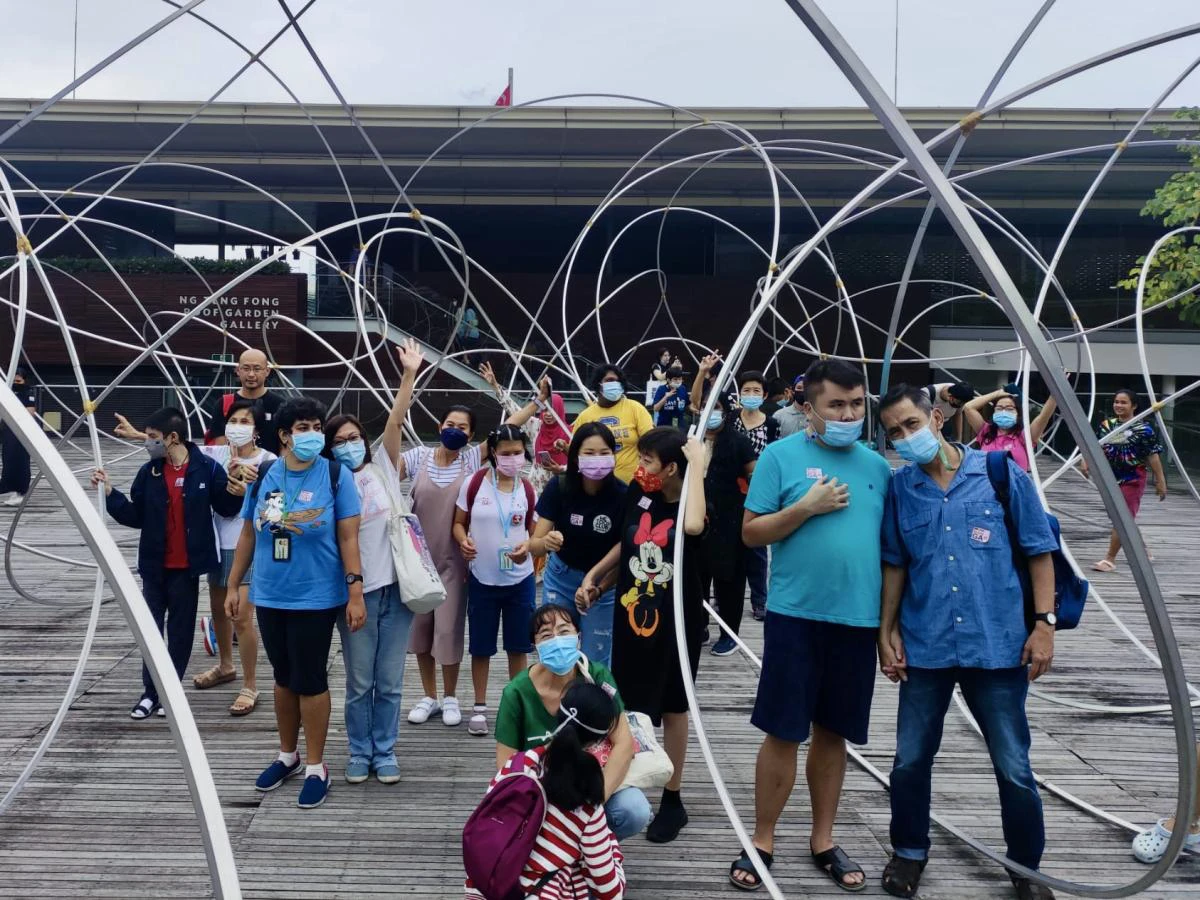
What is the most challenging aspect of being a Community Host?
Wuai Mun: To be adaptable and patient because each group comes with their own unique access needs.
Sok Oon: We don’t know how the participants will respond, or whether they’ll understand you. So, we need to pay extra attention when communicating with them because every individual has their own way of thinking and expressing themselves.
Chan Pong: Piquing the interest of the participants! The participants that I’ve led come from different backgrounds, so I always seek to understand their backgrounds and prepare before leading the tour. I’m always thinking about how I want to arouse their interest and keep them engaged. For example, I am thinking about using words that they can easily relate to.
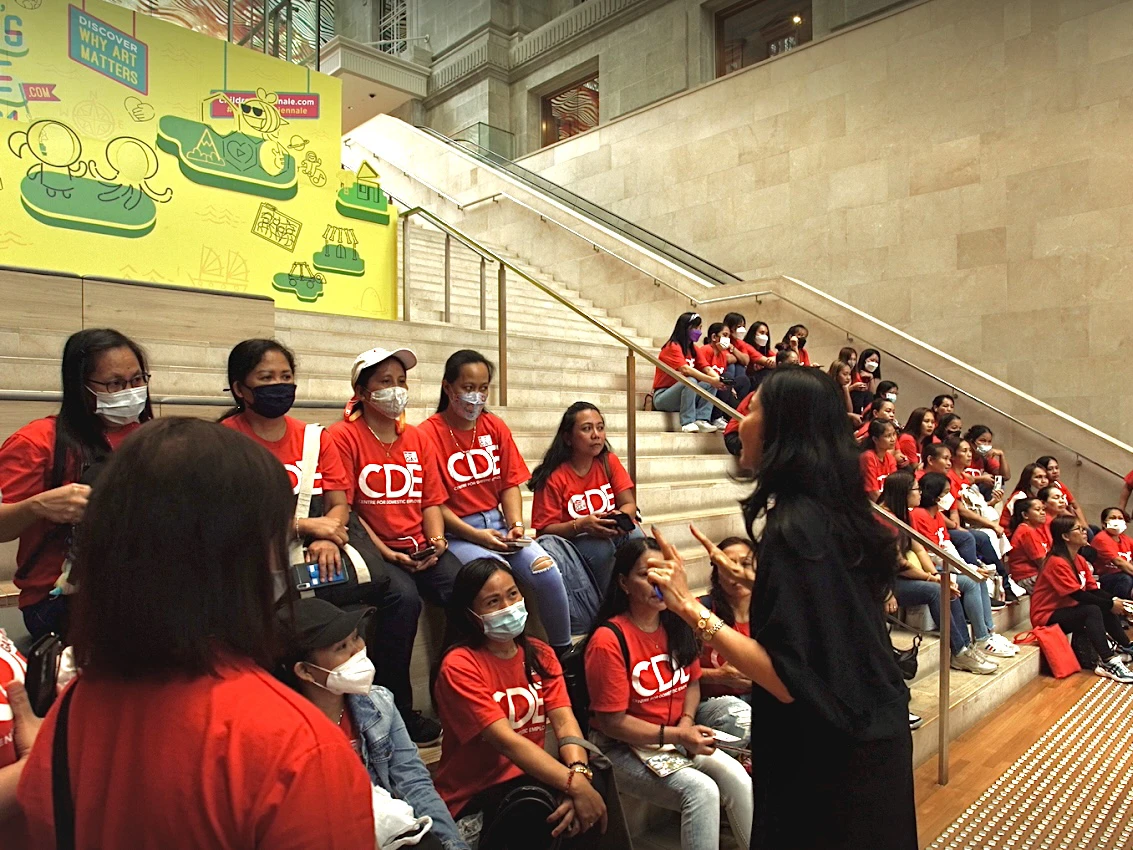
What motivates you to come back despite the challenges of being a community host?
Moe Yin: Coming to the Gallery might be especially intimidating for the migrant domestic workers. They might feel like they do not belong because, for example, of the way visitors are dressed at the Gallery. But I want them to know that there is a programme designed especially for them to enjoy and let loose without any fear of judgment.
Chan Pong: At the end of the tour, I like to see the smile on their faces as they leave the Gallery with pleasant memories. It brings me great satisfaction!
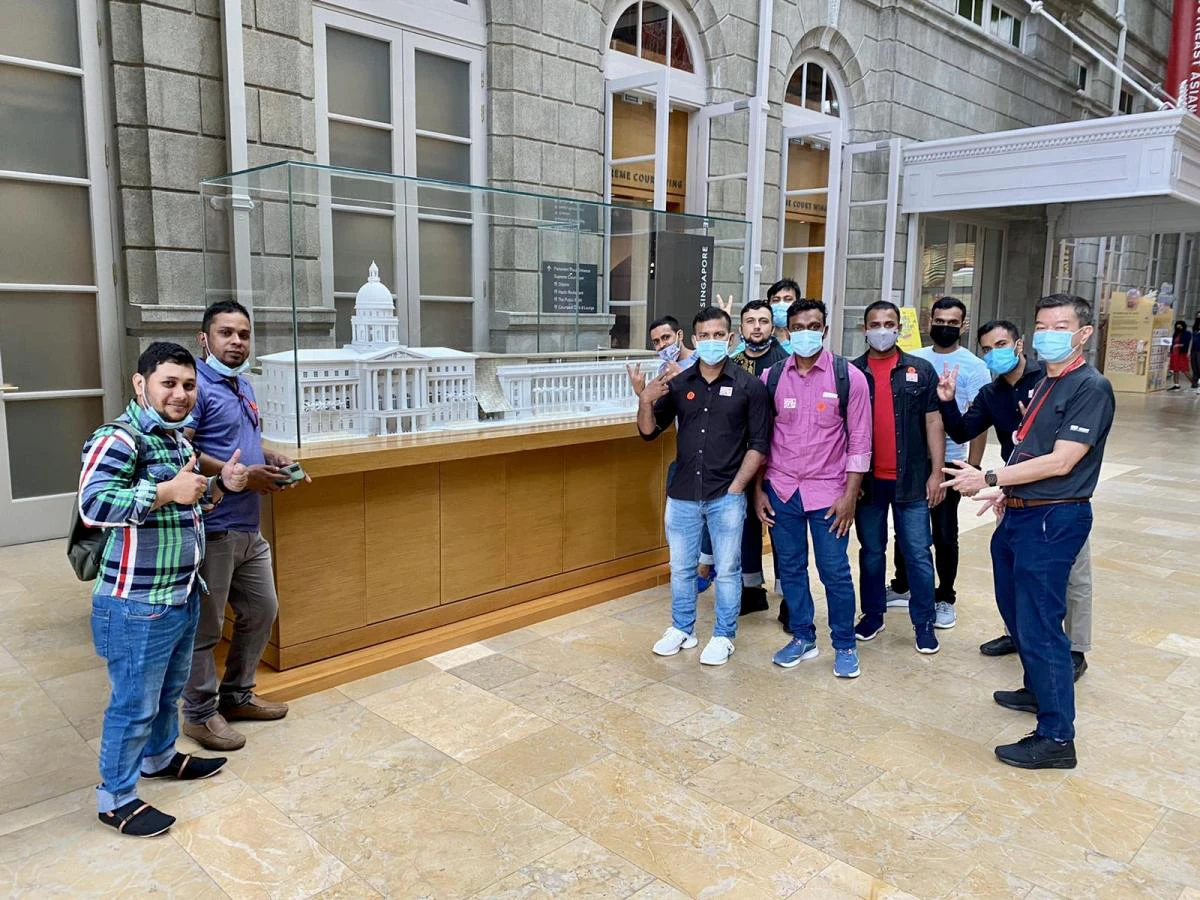
What do you envision for the future as a Community Host?
Sok Oon: It’ll be nice if we have more tours for their caregivers as well, especially those who have never been to the Gallery before. I also cater my tours to them because I want them to also enjoy their visit and come back again in their own time!
Moe Yin: I hope there will be more community programmes like this in the future! Participating in it once or twice a year makes it special, but I wish more people knew about the community programmes that we have available.

Becoming a Community Host first requires one to be a Best Friend of the Gallery (BFG). Participants will be equipped with the fundamentals of guiding and the necessary knowledge to guide visitors through our festivals, exhibitions and Building Highlights.
Find out more about the Best Friends of the Gallery (BFG) Programme here. We look forward to welcoming you to the BFG family!











